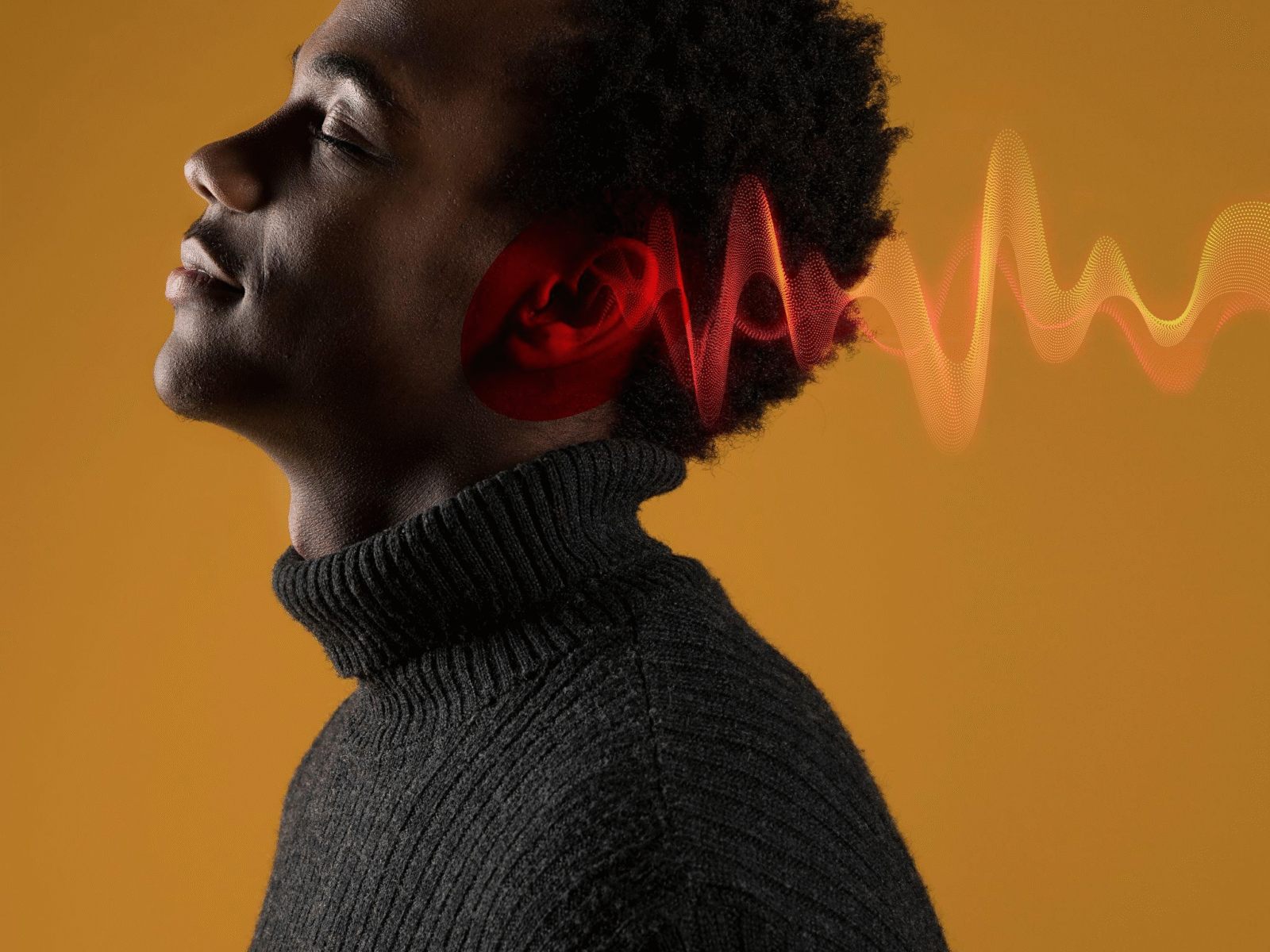Approximately 30% of adults worldwide experience insomnia. This condition involves difficulty falling asleep, staying asleep, or waking feeling unrefreshed. The consequences include daytime fatigue, reduced productivity, and increased health risks. As people seek alternatives to medication, sound-based therapies have become a practical option for improving sleep quality.
Types of Sound Interventions
White noise contains all frequencies at equal intensity, creating a consistent auditory backdrop that masks disruptive sounds. Nature sounds like rainfall, ocean waves, and forest recordings provide calming experiences. Binaural beats present slightly different frequencies to each ear, producing a perceived third frequency that may influence brainwave patterns. Pink noise emphasizes lower frequencies compared to white noise and has shown potential for sleep enhancement. Hypnotic sleep recordings use guided suggestions to help listeners transition into deeper rest.
How Sound Affects Sleep
Sound interventions influence brain activity and physiological responses. White and pink noise maintain steady acoustic conditions that prevent environmental disturbances from triggering arousal during sleep. Nature sounds activate the parasympathetic nervous system, which reduces stress hormones and promotes relaxation. Binaural beats in the delta frequency range of 1 to 4 Hz may encourage the brain to synchronize with slower brainwave patterns associated with deep sleep. This synchronization process, called entertainment, facilitates the transition from wakefulness to sleep.
Michael Anderson, Licensed Professional Counselor at Healing Pines Recovery, explains that “sound interventions help people feel more rested even if their total sleep time stays roughly the same, because the quality of sleep improves and those frustrating middle-of-the-night wake-ups become less frequent.” Anderson notes that “sleep is as much about perception as it is about hours, so feeling like you slept better actually translates into better mood regulation and lower stress throughout the day.”
Scientific Evidence
A study in Frontiers in Human Neuroscience found that pink noise improved deep sleep and memory consolidation in older adults. White noise has been shown to reduce the time it takes to fall asleep, particularly in urban environments with high ambient noise. Binaural beats have produced mixed yet promising results in improving sleep quality and reducing anxiety that interferes with rest. Nature sounds decrease sympathetic nervous system activity, creating physiological conditions favorable for sleep.
Practical Application
Sound interventions require minimal investment. Dedicated sleep sound machines offer audio designed for nighttime use. Smartphone applications provide access to various soundscapes for experimentation. Streaming services feature extended sleep sound playlists. Sounds should play continuously at low to moderate volumes throughout the night, positioned near the sleeper. Regular use helps establish sleep associations with specific sounds.
Anderson recommends that people “give yourself a couple of weeks to experiment and see what genuinely makes you feel more restored.” Different types of acoustic stimulation work for different people, making the experimentation period essential for finding the right fit.
Current Limitations
Individual preferences vary significantly. Dr. Brooke Keels, Chief Clinical Officer at Lighthouse Recovery Texas, points out that “hypnotic sleep recordings can deepen restorative sleep for
people who are naturally receptive to suggestion, helping them transition into that calm state their brain needs for psychological recovery.” However, Keels warns that “for those who resist or feel skeptical about hypnotic content, the same recordings can actually reduce deep sleep because their mind stays engaged trying to evaluate or reject what they’re hearing instead of letting go.” She emphasizes that “your relationship with the content matters more than the content itself, so if something feels forced or uncomfortable after a few nights, trust that response and try a different approach.”
Larger clinical trials are needed to establish standardized protocols and identify which populations benefit from specific sound types. Questions remain about optimal volume levels, duration of use, and potential long-term effects. Future investigations should examine how sound therapy integrates with other sleep hygiene practices and cognitive behavioral therapy for insomnia.
Sound-based interventions offer accessible options for individuals struggling with sleep difficulties. They work best as part of comprehensive sleep improvement strategies.













